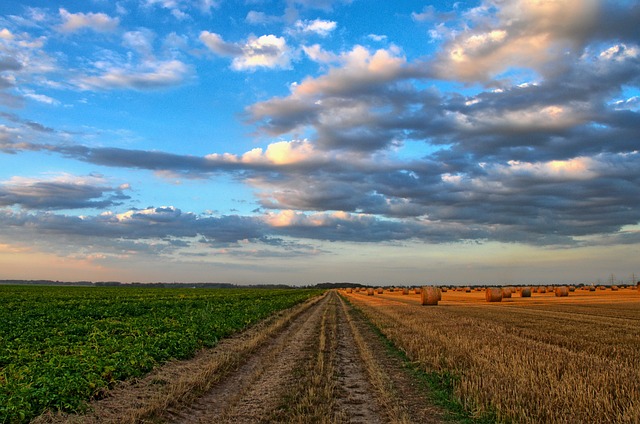In the vast and arid landscapes that define many regions globally, the urgent need for sustainable water management has reached a tipping point. The conundrum of efficiently tracking and preserving water resources in such challenging environments has spurred scientists and regulators to explore innovative solutions. Enter OpenET, a cutting-edge remote sensing tool that utilizes data from NASA, USGS Landsat, and other satellite systems to calculate evapotranspiration (ET) at the individual field level. This groundbreaking technology holds the potential to transform water resource management.
In a recent study published in Nature Water, scientists from the Desert Research Institute (DRI) unveil the remarkable accuracy of OpenET data in assessing evapotranspiration across various crops and natural land cover types. This exploration takes us on a journey through the heart of water sustainability challenges, revealing how OpenET's precision in monitoring water usage, especially in arid regions, might just be the game-changer we need. Join us as we delve into the intricacies of this study, uncovering the impressive performance of OpenET and its pivotal role in shaping the future of water management.

Transforming Water Management
In arid regions worldwide, the critical issue of sustainable water management is gaining increasing attention. Scientists and regulators are now turning to advanced technologies like OpenET, a remote sensing tool utilizing data from NASA and USGS Landsat, among other satellite systems. OpenET calculates evapotranspiration (ET) – the water lost to the atmosphere through soil evaporation and plant transpiration – at the level of individual fields, presenting a groundbreaking approach to water resource management.
A recent study, unveiled on January 15 in Nature Water, led by scientists at the Desert Research Institute (DRI), offers an in-depth analysis of the accuracy of OpenET data across various crops and natural land cover types. The research team conducted a meticulous comparison of OpenET data against evapotranspiration data from 152 ground-based micrometeorological stations, known as eddy covariance flux towers.
The study's findings are remarkable, revealing that OpenET data demonstrates exceptional accuracy, especially in assessing evapotranspiration in agricultural settings. The focus is on annual crops such as wheat, corn, soy, and rice, where OpenET results prove particularly reliable. This is especially critical in arid regions like California and the Southwest, where water sustainability remains an ongoing crisis.
Dr. John Volk, the lead author, underscores the importance of addressing the accuracy question, stating, "One of the biggest questions for users of OpenET data is how accurate it is, given the magnitude and implications of the use of the data for water resource management."
The study highlights the remarkable performance of the OpenET system, with models showing significant agreement in agricultural sites, particularly during the peak growing season when water demands are at their highest. For annual crops, OpenET data demonstrated an average error rate of approximately 10-20%, well within the targeted range set by OpenET partners, such as farmers and water management agencies.
The versatility of OpenET extends beyond agricultural settings to monitoring evapotranspiration in natural ecosystems. The study reveals minimal error rates for most land cover types, underlining the potential of OpenET data to address drought impacts, vegetation water stress, and water availability in these ecosystems.
Dr. Justin Huntington, a research professor at DRI, expresses his astonishment, stating, "Evapotranspiration is one of the hardest hydrologic fluxes to measure, and to think we are quantifying this flux from space with comparable or better accuracy to ground-based weather stations and meter data for agricultural lands is truly remarkable."
While acknowledging areas for improvement in OpenET models, the study celebrates the significant progress made in developing fully automated remote sensing techniques. Maurice Hall, OpenET director and senior advisor at Environmental Defense Fund, notes, "Farmers and water managers increasingly need accurate, field-level data on water use." OpenET's role in providing a granular, dynamic picture of water use positions it as a vital tool for real-time water decision-making in a world grappling with highly stressed and variable water supplies. The study concludes with a call for continued research, focusing on natural ecosystems and assessing OpenET models under different agricultural demand management and conservation actions, particularly in regions like the Colorado River Basin.


